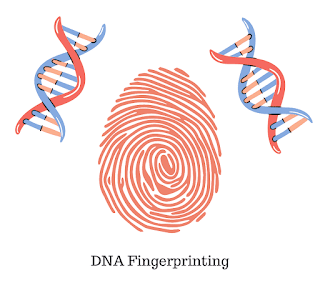Biodegradable Polymers: Definition, Examples, Properties and Applications
What are Biodegradable Polymers?
Polymers such as polysaccharides (starch, cellulose, etc), proteins, and nucleic acid that can disintegrate themselves in biological systems during a certain period by enzymatic hydrolysis and by oxidation, are called biodegradable polymers.
These polymers do not have a disposable problem and they do not cause pollution like their other counterpart polymers. Moreover, their availability is good and they are non-toxic. The most important class of biodegradable polymers are aliphatic polyesters are polyamides.
Examples of Biodegradable Polymers
Some common examples of biodegradable polymers are given below:
(i) Poly-b-hydroxybutyrate-co-b-hydroxyvalerate (PHBV)
(ii) Poly(glycollic acid) Poly(lactic acid)
(iii) Nylon-2-Nylon-6
Properties of Biodegradable Polymers
1. They are non-toxic and can be easily disposed of in nature.
2. They are capable of maintaining good mechanical stability until degraded.
3. They are capable of controlling rates of degradation.
4. They exhibit hydrophobicity that is a water-soluble enzyme that cannot easily get in contact with the polymer.
Applications of Biodegradable Polymers
1. Biodegradable Polymers like Polyactides can be used in nonwrikle fabrics, microwavable trays, food packaging, etc. It has several medical applications such as sutures, stents, and drug-delivery devices.
2. Biodegradable Polymers are also used in tissue engineering and drug delivery.
3. They are also used in wound dressings, enzyme immobilization, gene delivery, cryopreservation, and medical implant devices.
4. Biodegradable Polymers are used in soil to improve aeration and promote plant growth and health.





